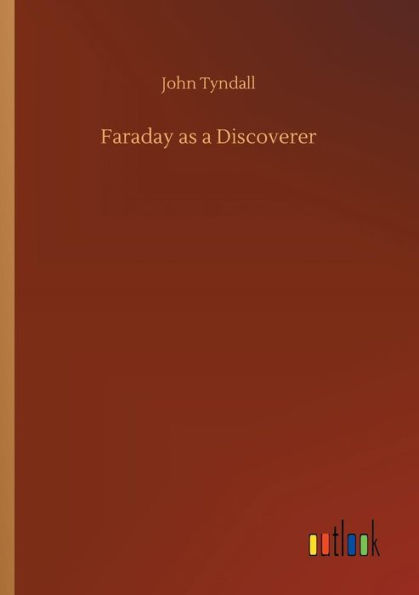Reproduction of the original: Faraday as a Discoverer by John Tyndall
"1100187031"
Faraday as a Discoverer
Reproduction of the original: Faraday as a Discoverer by John Tyndall
29.9
In Stock
5
1

Faraday as a Discoverer
132
Faraday as a Discoverer
132
29.9
In Stock

Product Details
| ISBN-13: | 9783732638581 |
|---|---|
| Publisher: | Outlook Verlag |
| Publication date: | 04/05/2018 |
| Pages: | 132 |
| Product dimensions: | 5.83(w) x 8.27(h) x 0.31(d) |
About the Author
From the B&N Reads Blog
